The latest trend in Web Applications is – surprise, surprise! – going back on to the desktop. e Adobe Air and Mozilla Prism are two technologies that help Web Apps behave more .. hm, surprise, surprise! … desktop-like. Full circle? Why the “move to the cloud” circus if we’re coming back to the desktop anyway?
Well, we’re not. We’re just doing web apps differently. Matthew Gertner, former CTO of Allpeers (in the deadpool) who is currently working on Prism provides his perspective on TechCrunch. I can’t even attempt to add to the technical discussion, so I’ll play the dumb business user (won’t be too difficult  ) and explain what I see from that angle.
) and explain what I see from that angle.
First of all, there appears to be some confusion in this dialogue: Google Gears and Single Site Browsers (SSBs) are two different animals, even if Gears has future extension plans.
- Gears is all about offline access, which, let’s face it, make sense, until we have “always-on, everywhere” connectivity. It’s data access, and it’s good, albeit somewhat cludgy.
- SSB’s are all about convenience: instead of just having tabs in the browser, certain applications now have their own window, can be minimized, when closed can show up in the systray ..etc – in other words they behave like desktop applications. When the everything-in-a-browser concept became popular we all worked on 15-17″ displays. Today huge displays are affordable and popular – but now that I have all this screen real-estate, I’d like to be able to display 3-4 windows at a time – not flip-flopping between, but have them all available. I can’t do that with the browser tabs, unless I launch multiple browsers ( waste of resources) or find the way to detach some tabs – that’s what SSB’s do.
A commenter on TechCrunch asks:
So it is progress to send things back to being one window with no tabs?
Wasn’t the point of tabs to put all of those windows into one?
No. The point was not having to install myriad applications that need to be patched, the data files scanned for viruses ..etc. Now, I consider myself progressive, and like to support the future trend just out of principle, but I am first of all a user, and nothing convinces a user better then their own pain. So here are a few examples of my own pain with desktop computing, just from the last two days.
- I turned on an older laptop I don’t often use nowadays, and I literally had no access to it, the damn thing kept itself busy for an hour with Windows Update, McAfee update, (I killed the virus can), Foldershare sync and Copernic desktop search indexing. In other words, it was struggling just to stay up-to-date, and I could only get to use it an hours or so later.
- The very reason I turned it on is that even though I now have a screamer desktop, I have to fall back on the slow laptops any time I need to edit a PDF file: my trusted old Adobe Acrobat 6 is not supported on Vista, and I am not about to cough up the price when I don’t need new functionality, so I have to keep the old junk running, just to avoid losing functionality I paid for. I won’t have to do this forever, some of the Web-based Acrobat alternatives are getting pretty good…
- I’m in the middle of a major paper elimination project: throwing away boxes of expired folders, keeping only electronic copies of the crucial stuff. This involved hours of installing and uninstalling obsolete software this afternoon: Turbotax versions all the way from 1996 only so I can read the .tax file once and convert it to PDF. Intuit now offers Turbotax entirely online, and while I haven’t found any info on how long they support retrieval of old returns, as the years go by I’m sure they will address it – and I don’t have to install anything.
- A few hours later the old PC started to choke: it ran out of hardware space. Impossible! Just a few months ago I removed all my photos, that’s a huge gain, I should have ample space. Yeah, right, it turns out Foldershare, which I use to keep the 3 household computers in sync accumulated over 10G in its trash folders, which is nothing on the new PC, but a third of the old laptop’s 30Mb storage capacity. And would you believe there’s no setup option to auto-clear trash from time to time? (It can auto-delete your real files, just not trash.)
Personal computers, and the desktop computing model were liberating in the 80’s, when they got us off the dumb green terminals, which we could only access at work, that is those of use who worked at large corporations who could afford a mainframe. PC’s were expensive enough that any one of us only owned one, if any, and the ability to work on that single machine actually meant increased access and mobility. But as we upgrade, we tend to keep the older computers, and I bet most of my readers have more than one computer in their household, let alone business.
Keeping all of them up-to-date, having the same Application versions on all, synchronizing data is becoming more and more of a pain. Just as computing shifted to the Client model in the late 80’s, we’re facing another shift now, and the move off the desktop, on to the Cloud will be just as liberating as getting onto it was 20 years ago. Access to applications and data will no longer will be tied to a particular piece of hardware and we don’t worry about updates, maintenance – offload it to the Service Provider.
In other words Software as a Service is increasingly all about the second “S”.

 :
: . Intuit is clearly throwing in support resources, customers can register and will be called back to individually assess their situation. For many, the damage may very well be more than losing a few hours:
. Intuit is clearly throwing in support resources, customers can register and will be called back to individually assess their situation. For many, the damage may very well be more than losing a few hours: Who has time for this? Between the applications we actually use and all the crapware needed just to keep our computers running (virus scan, firewall, anti-spy, desktop search, backup, synchronization …etc), it’s just getting way too much to deal with.
Who has time for this? Between the applications we actually use and all the crapware needed just to keep our computers running (virus scan, firewall, anti-spy, desktop search, backup, synchronization …etc), it’s just getting way too much to deal with.
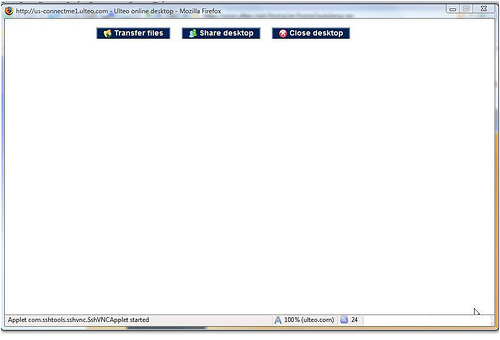
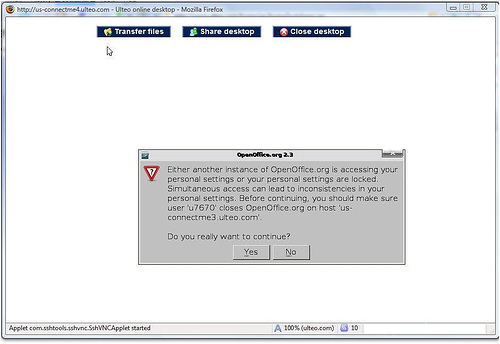
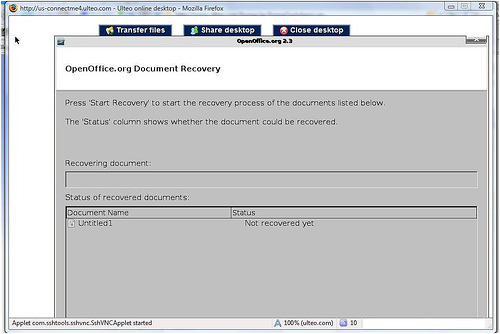
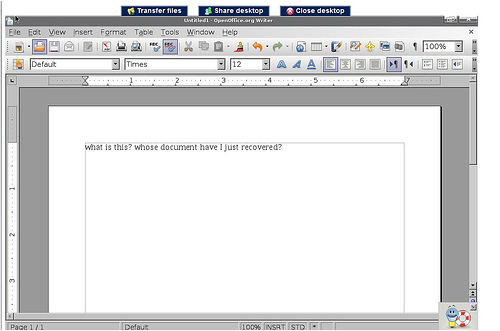

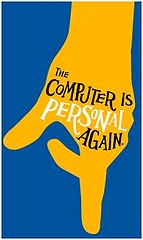 Considering how many things
Considering how many things 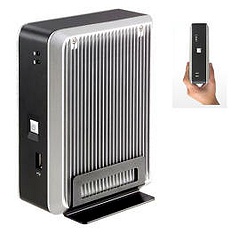
 I briefly wrote about my dismal customer support experience in
I briefly wrote about my dismal customer support experience in 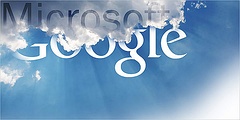
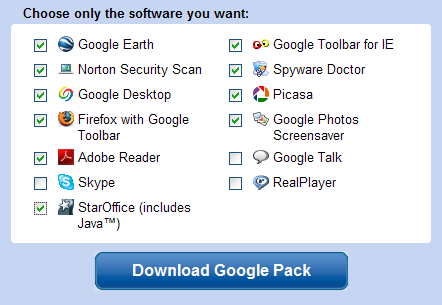

Recent Comments